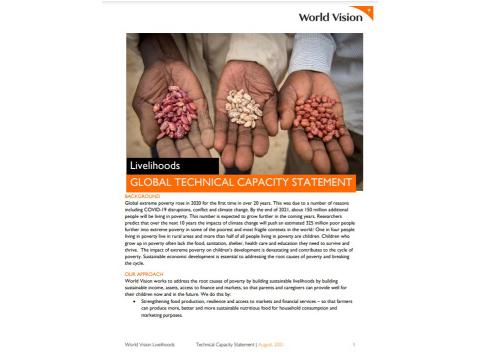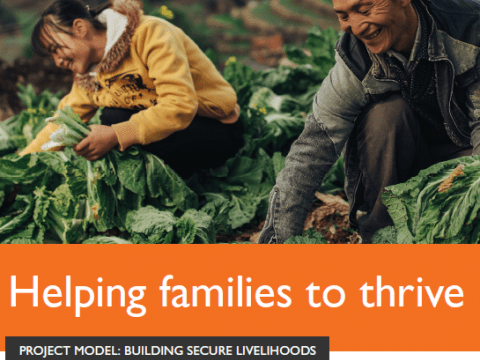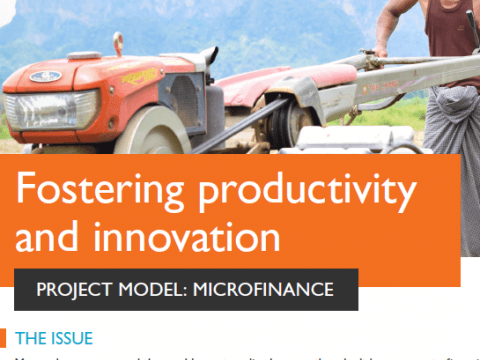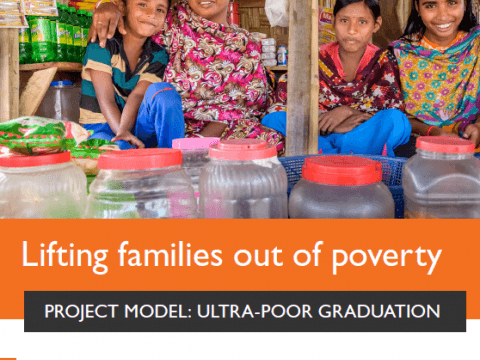Livelihoods Global Technical Capacity Statement
Download
BACKGROUND
Global extreme poverty rose in 2020 for the first time in over 20 years. This was due to a number of reasons including COVID-19 disruptions, conflict and climate change. By the end of 2021, about 150 million additional people will be living in poverty.
This number is expected to grow further in the coming years. Researchers predict that over the next 10 years the impacts of climate change will push an estimated 325 million poor people further into extreme poverty in some of the poorest and most fragile contexts in the world.[i] One in four people living in poverty live in rural areas and more than half of all people living in poverty are children.
Children who grow up in poverty often lack the food, sanitation, shelter, health care and education they need to survive and thrive. The impact of extreme poverty on children’s development is devastating and contributes to the cycle of poverty. Sustainable economic development is essential to addressing the root causes of poverty and breaking the cycle.
OUR APPROACH
World Vision works to address the root causes of poverty by building sustainable livelihoods by building sustainable income, assets, access to finance and markets, so that parents and caregivers can provide well for their children now and in the future.
Download and view our full Livelihoods Global Technical Capacity Statement to learn more about World Vision's approaches to addressing the roots of poverty as well as to read about our previous and current grants-funded economic development projects.
For more information, please contact our Global Livelihoods Team at livelihoods@wvi.org.
[i] ODI 2013: The Geography of Poverty, Disasters and Climate Extremes in 2030, ODI, Met Office, RMS Report, London. p. vii


